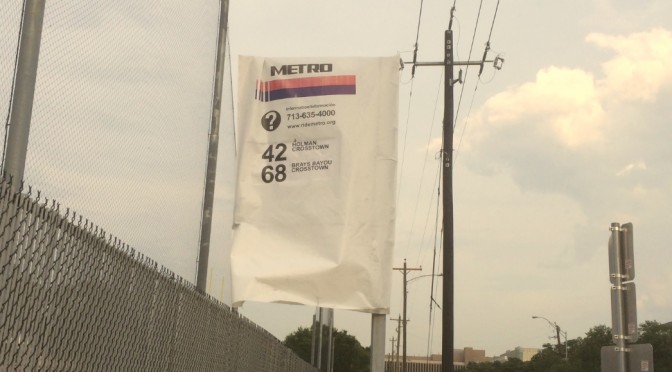
Anyone with a credible amount of theater experience can tell you... whether it's costumes, staging, learning lines, orchestra cues, piano tuning or scene direction, the work leading up to a show seems like it will never get completely done. That is, until the seats start filling on opening night. Eventually, you have to lift the …
Continue Reading ›› 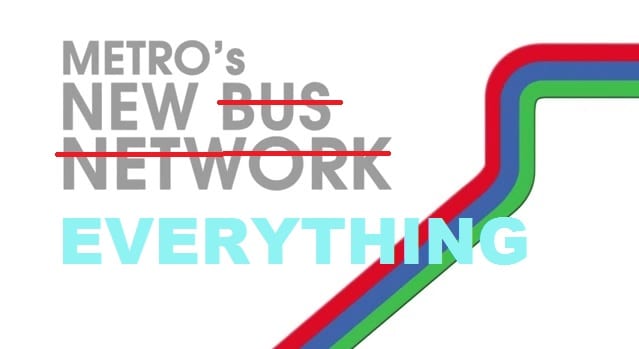
So last Friday, I wrote the following regarding then-unknown plans surrounding the new open-door policy between U.S. Congressman John Culberson, and the Metropolitan Transit Authority of Harris County, AKA METRO...
"But let’s be clear on what the Congressman did not promise. If a new vote occurs, rail supporters can be sure that Culberson and his group … Continue Reading ›› 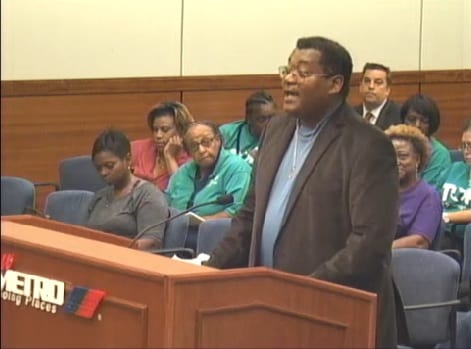
In a
4 hour meeting that became heated and personal at times, the Metropolitan Transit Authority of Harris County took another major step towards the agency's
System Reimagining plan.
With State Representative Borris Miles, and other elected officials and community leaders present, the plan was
approved pending a 60-day intensive study with further recommendations …
Continue Reading ›› 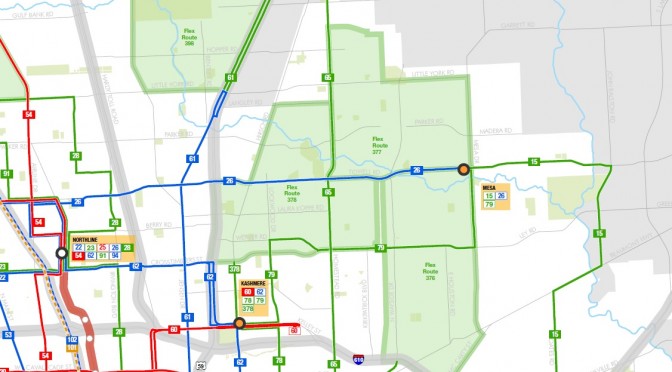
Throughout the summer, the
Metropolitan Transit Authority (aka METRO) has been meeting with communities to provide information about the new
system reimagining plan. In most cases, the plans have been well-received, and left citizens hopeful that they will see vast improvements in service.
This was certainly the case for a meeting that I attended on July 17th …
Continue Reading ›› 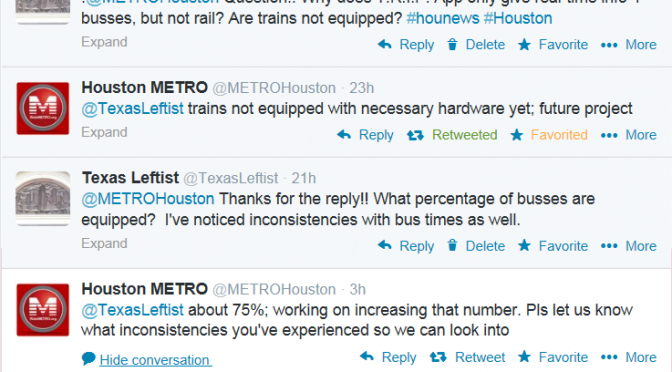
As
noted in a previous post, Houston transit ridership has been experiencing some significant growth over the past year. More residents of the Bayou City have discovered the Mass Transit system, and are using bus services throughout the city. As transit usage grows, so too does the expectation of safe, predictable and …
Continue Reading ››
A Voice for the Rest of Texas




